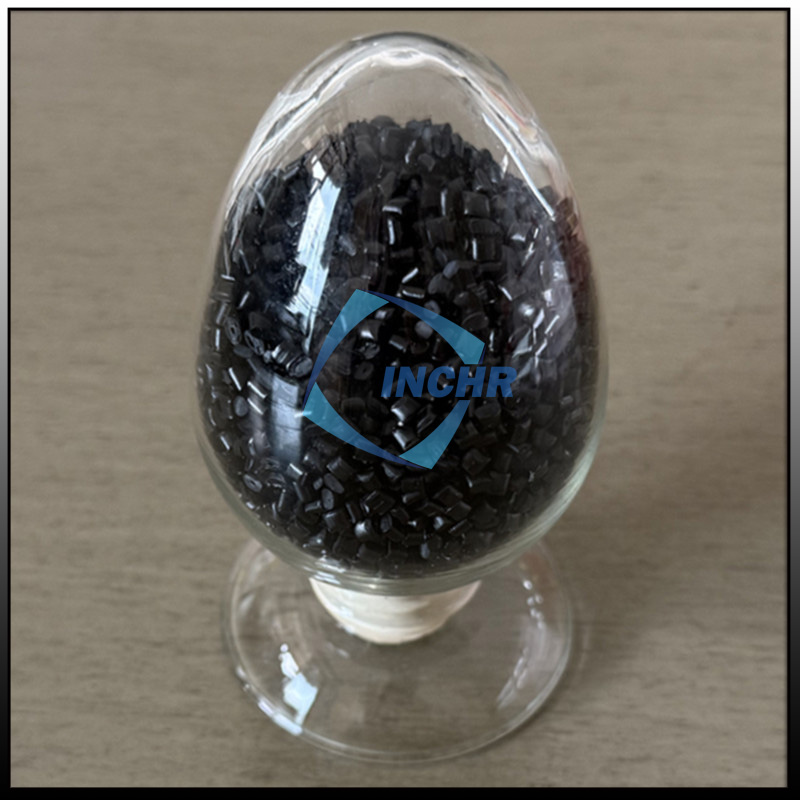Introduction
In the quest for materials that balance strength, sustainability, and adaptability, carbon fiber reinforced nylon (CFRN) has emerged as a frontrunner. This advanced composite is not just a lighter alternative to metals—it’s a catalyst for eco-conscious innovation. From reducing carbon footprints to enabling breakthroughs in high-tech industries, CFRN is redefining what’s possible. In this blog, we delve into its unique properties, groundbreaking applications, and the sustainable practices driving its future.
The Science Behind Carbon Fiber Reinforced Nylon
Carbon fiber reinforced nylon combines nylon polymers (like PA6 or PA12) with carbon fibers, creating a composite that marries flexibility with rigidity. The carbon fibers, typically comprising 10–40% of the material, are uniformly dispersed to enhance:
Mechanical Performance: Tensile strength up to 220 MPa, rivaling steel.
Thermal Stability: Operates reliably at temperatures up to 160°C (320°F).
Chemical Resistance: Withstands oils, acids, and solvents.
Dimensional Integrity: Low moisture absorption prevents warping in humid environments.
This synergy makes CFRN ideal for applications where weight savings and durability are non-negotiable.

Carbon Fiber Reinforced Nylon in Sustainable Manufacturing
As industries prioritize environmental responsibility, CFRN offers a greener path forward:
Lightweighting for Energy Efficiency
Reducing component weight directly lowers energy consumption in transportation. For instance, Airbus uses CFRN brackets in aircraft interiors, cutting fuel use by 2–3% per flight.Recyclable and Bio-Based Formulations
Companies like Solvay and Toray now produce CFRN using recycled carbon fiber and bio-sourced nylons (e.g., castor bean-derived PA11). These innovations reduce reliance on fossil fuels and landfill waste.Extended Product Lifespan
CFRN’s wear resistance means fewer replacements. A study by IDTechEx found CFRN industrial parts last 3x longer than aluminum equivalents, reducing resource depletion.
Breakthrough Applications Beyond Traditional Sectors
While CFRN shines in automotive and aerospace, its reach is expanding:
1. Renewable Energy Systems
Wind Turbine Blades: CFRN’s fatigue resistance and lightness make it ideal for longer, more efficient blades. Siemens Gamesa reported a 15% increase in energy output using CFRN-reinforced designs.
Solar Panel Mounts: Resistant to UV radiation and corrosion, CFRN frames endure harsh outdoor environments.
2. Medical Innovations
Prosthetics and Orthotics: CFRN’s strength-to-weight ratio enables lightweight, durable prosthetic limbs. Össur’s carbon fiber running blades exemplify this, enhancing athlete mobility.
Surgical Tools: Autoclavable CFRN instruments, such as forceps, reduce surgical tray weight by 40% without compromising sterility.
3. Sustainable Consumer Goods
Eco-Friendly Luggage: Brands like Samsonite use CFRN for lightweight, crack-resistant suitcases that withstand rough handling.
Reusable Packaging: CFRN crates for logistics offer 50% weight savings vs. plastic, slashing shipping emissions.
Carbon Fiber Reinforced Nylon Manufacturing: Speed, Precision, and Customization
Advanced production techniques are unlocking new possibilities:
Large-Scale 3D Printing
Companies like Desktop Metal now offer high-speed CFRN 3D printers for custom parts, from drone components to bespoke medical devices. Layer adhesion and fiber alignment are optimized for strength.AI-Driven Design Optimization
Software like Ansys Granta MI simulates stress patterns to determine optimal carbon fiber orientation, minimizing material waste.Hybrid Molding Techniques
Overmolding CFRN with thermoplastic elastomers (TPE) creates products like ergonomic tool handles with vibration-damping cores.
Challenges and Solutions in CFRN Adoption
While CFRN offers immense potential, adoption hurdles remain:
High Initial Costs: Carbon fiber production is energy-intensive.
Solution: Scaling recycled fiber production and adopting bio-nylons can lower costs by 20–30% by 2030 (per Grand View Research).Recycling Complexity: Traditional CFRN is challenging to separate into base materials.
Solution: Chemical recycling methods, such as pyrolysis, are recovering 90%+ of carbon fibers for reuse (source: Carbon Clean Tech).Skill Gaps: Manufacturers need training in CFRN-specific processing.
Solution: Partnerships between academia and industry (e.g., MIT’s composites program) are bridging this gap.
The Future of CFRN: Trends to Watch
Self-Healing CFRN
Researchers at Imperial College London are embedding microcapsules of healing agents into CFRN, enabling automatic repair of micro-cracks in aerospace components.Smart CFRN with Embedded Sensors
Carbon fibers’ conductivity is being harnessed to create self-monitoring parts. Imagine wind turbine blades that alert engineers to stress fractures via IoT networks.Circular Economy Integration
Startups like Vartega are commercializing low-cost recycled CFRN for mass-market products, from bicycles to furniture.
Conclusion
Carbon fiber reinforced nylon is more than a material—it’s a paradigm shift in sustainable engineering. By merging performance with eco-consciousness, CFRN empowers industries to achieve more with less. Whether it’s revolutionizing renewable energy or reimagining medical devices, CFRN proves that innovation and sustainability can go hand in hand.




